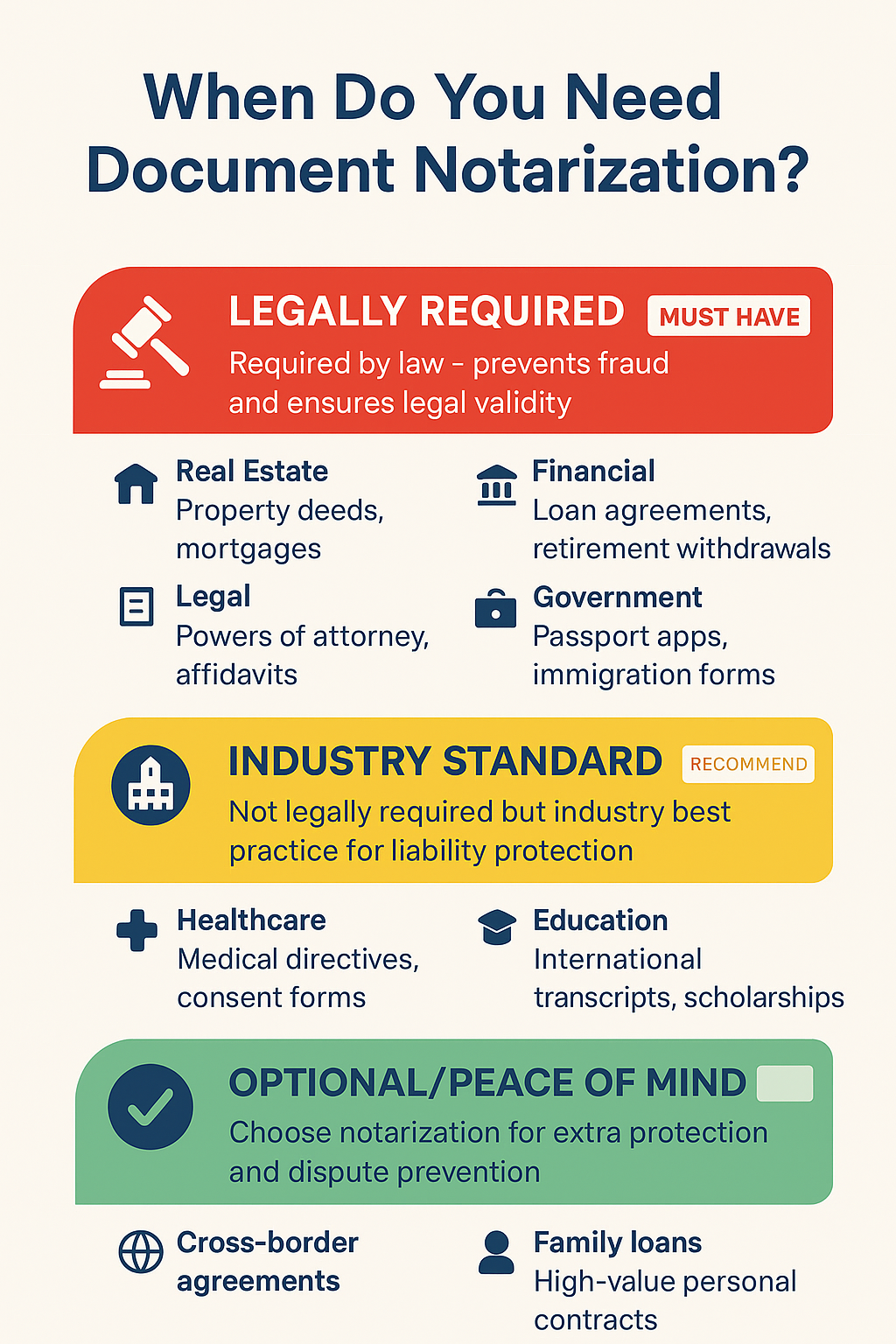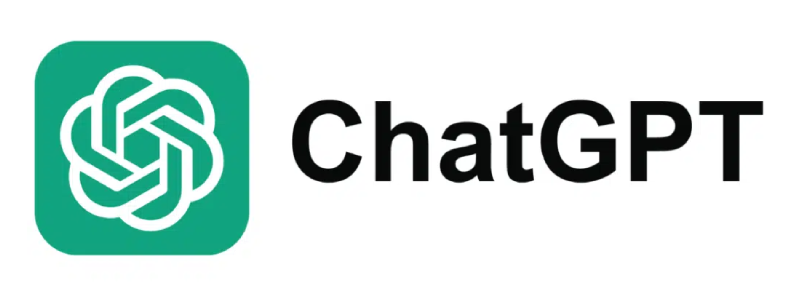Key takeaways
- Notarization adds legal credibility by confirming a signer’s identity, intent, and understanding. It’s often required for real estate, legal, and financial documents
- You can notarize documents in person or online, depending on your state’s laws and the document type. Online notarization is fast and secure but isn’t accepted everywhere
- Preparation is everything. Tools like Docupilot help you generate polished, notarization-ready documents that reduce errors and speed up the process
Getting a document notarized might sound simple, just add an official stamp and you're done. But the process often involves specific requirements and careful decisions.
You need to know which documents actually require notarization, how to prepare them correctly, and whether online options can save you time compared to finding an in-person notary.
Common mistakes like signing too early, bringing invalid ID, or choosing the wrong notarization type can lead to rejections and delays. In fact, according to Notary Bulletin, counties in California reject nearly 30% of notarized documents due to issues like incorrect formatting or missing elements.
This guide walks you through the entire process to get it right from the start. You’ll learn when notarization is necessary, how to prepare your documents, and how to choose the method that works best for your situation.
What does it mean to notarize a document?
Notarization is a formal process that confirms a document was signed correctly and legally. A licensed notary public serves as an impartial witness to verify three key things:
- Identity: The signer is who they claim to be
- Willingness: The signer is acting voluntarily and not under pressure
- Awareness: The signer understands what they’re signing and is mentally competent
Once these checks are complete, the notary adds an official certificate and seal. This creates a legal record that the signing process followed proper procedures, giving the document added weight with courts, financial institutions, and government agencies.
Oftentimes, signers confuse the roles of notaries, hence it’s important to clarify…
What Notaries don’t do
Notaries don’t verify whether the contents of a document are true, fair, or legally sound. They don’t offer legal advice or help you decide whether to sign. Their role is limited to overseeing the signing process, not judging the content of the document.
Expecting more from a notary can lead to a false sense of security, legal or financial mistakes.
When (and why) you might need a notarized document
Now that you understand what notarization does, the obvious question is: when do you actually need it? The answer depends on three main scenarios, each with different reasons.

- Legally required
Some documents must be notarized by law, there’s no choice. These usually involve legal rights, large financial transactions, or a high risk of fraud:
- Real estate transactions: Property deeds, mortgage documents, long-term lease agreements
- Legal and court documents: Powers of attorney, affidavits, sworn declarations, court filings
- Financial and compliance forms: Loan agreements, lien releases, retirement account withdrawals
- Government-related forms: Certain passport applications, immigration paperwork, IRS forms
- Industry standard practice
These documents aren’t always legally required to be notarized, but industries often demand it to reduce risk and avoid disputes:
- Healthcare: Advance directives, medical consent forms, treatment authorizations
- Education: Transcripts for international use, scholarship affidavits
- Business: Partnership agreements, vendor contracts, beneficiary designations
- For extra protection
Even when it’s not required, you can choose to notarize documents to strengthen their legal standing:
- Cross-border agreements where signature authenticity may be challenged
- Large personal transactions like family loans or property transfers
- Any high-value contract where a dispute could be costly
In short, the higher the stakes of the document, the more important notarization becomes.
How the notarization process works (in-person vs. online)
Both in-person and online notarization methods follow the same core verification steps, but the experience differs. Here's what to expect with each approach and how to decide which works better for your situation.
In-person notarization
It’s the traditional face-to-face method that's accepted virtually everywhere. Most notarizations take 5-15 minutes once you're with the notary.
The process:
- Bring your completed (but unsigned) document: Fill out everything except signatures. Notaries must witness the actual signing to validate it
- Show valid government-issued photo ID: Driver's license, passport, state ID, or military ID that's current and matches the name on your document. Requirements vary by state, but expired or damaged IDs typically won't work
- Sign in the notary's presence: They'll confirm you understand what you're signing and aren't being pressured. For sworn statements, they may administer a brief oath
- Notary completes the certificate: They add their signature, seal, and required details like date and location. Some states require them to log the transaction
Where to find notaries: Banks, UPS stores, law offices, libraries, or government buildings.
Online notarization (remote online notarization/RON)
Video-based notarization is legally recognized in most states, though some institutions like courts or international entities may not accept electronically notarized documents.
The process:
- Upload your document to a platform: Services like Notarize or BlueNotary guide you through document preparation and digital signature placement
- Complete identity verification: Usually involves answering knowledge-based questions about your background plus scanning your ID. Some platforms use facial recognition to match your ID photo
- Join a live video session: A licensed notary reviews your document and watches you sign electronically using your mouse, stylus, or touchscreen
- Receive digital certificate: The notary applies their electronic seal and certificate which creates a digitally authenticated document
Which method should you choose?
- Choose in-person if: Your state doesn't allow online notarization, the recipient specifically requests traditional notarization, you're dealing with court documents, or you prefer face-to-face interaction
- Choose online if: You're short on time, have mobility constraints, your state permits RON, and you've confirmed the recipient will accept electronic notarization
- When in doubt: Check with the document recipient about their requirements before proceeding
How to prepare your document for notarization
Proper preparation prevents notarization headaches such as rejected documents, wasted trips, and frustrating delays.
Essential preparation steps:
- Complete everything except signatures: Fill out all fields, dates, and details before your appointment. Leave signature lines blank, the notary must witness you signing. Any blank fields or incomplete sections can cause rejection
- Match names exactly: The name on your document must match your government-issued ID precisely. "John Smith" and "J. Smith" or "John A. Smith" could cause problems. If there's a mismatch, bring additional document that explains the difference such as affidavit or consider amending the document
- Leave adequate space: Ensure there's room for the notary's stamp and certificate. Most notary seals are 1-2 inches in diameter, and certificates need several lines of text. Cramped layouts can force notaries to attach separate pages
- Double-check document requirements: Some documents require specific notarial language or a particular type of notarization, such as an acknowledgment or a jurat. This depends on the document’s purpose and legal requirements. If you're unsure, ask the person or organization requesting the notarized document what type of notarization is needed
Making document preparation easier with Docupilot
If you regularly handle documents that require notarization, manually formatting each one can be tedious and prone to errors. Legal forms, contracts, and certificates often need precise language, correct spacing for signatures, and proper notarial wording. Docupilot automates the preparation process, ensuring every document meets these requirements while saving you time and maintaining accuracy. It:
- Auto-generates properly formatted templates: Creates documents with adequate space for notary stamps and certificates built in
- Places signature fields correctly: Ensures signature lines appear where notaries expect them, reducing confusion during appointments
- Maintains name consistency: Uses data fields to ensure names appear identically throughout the document, preventing ID mismatch issues
- Creates clean, professional PDFs: Exports documents that work seamlessly with online notary platforms or look polished for in-person appointments
Note: Always review your document one final time, confirm you have a valid ID, and verify the notary's availability and fees. Proper preparation prevents delays, rejected notarizations, and unnecessary frustration during your appointment.
Getting notarization right the first time
Notarization doesn’t have to be a last-minute scramble or a source of costly delays. By understanding which documents require notarization, choosing between in-person and online options, and making sure your documents have the correct formatting, signature lines, and notarial language, you increase your chances of completing the process quickly and without hassle.
For professionals who regularly handle contracts, legal documents, or real estate paperwork, manual preparation can be time-consuming. That’s where Docupilot comes in. Instead of formatting each document from scratch and worrying about signature placement, you can automatically generate properly structured, notarization-ready documents.
The result? Fewer mistakes, faster turnaround times, and a higher chance that your documents will pass notarization smoothly.
Ready to eliminate document preparation headaches? Sign up for Docupilot for free today and see how much easier notarization can be.
Document notarization FAQs
What do you say when you notarize a document?
When you notarize a document, you don't need to say anything specific; the notary leads the conversation. They'll ask you to confirm your identity and verify you're signing willingly.
What is the best way to notarize a document?
The best way to notarize depends on your situation. Choose in-person for court documents or when online isn't accepted. Choose online for speed and convenience if your recipient accepts electronic notarization.
How much is a notary fee?
Many banks, credit unions, and libraries offer free notarization for members. UPS stores, law offices, and government buildings typically charge standard state-maximum fees. Always ask about fees upfront, as they can vary even within the same area.


















